If these things aren’t insulated ASAP, winter will wreak havoc on your home.
20 Things You Absolutely Must Insulate Before Winter

Water Pipes
Frozen pipes can be a nightmare for homeowners. One way to prevent frozen pipes and the damage that comes with them, is to insulate pipes where water tends to linger, unprotected by the insulation that guards the rest of your home, can freeze on particularly cold nights. The expanding ice can even crack pipes and flood homes – a disaster you definitely want to avoid. Make sure that pipes in cold areas are properly insulated and protected when you expect the temperature to drop below freezing.
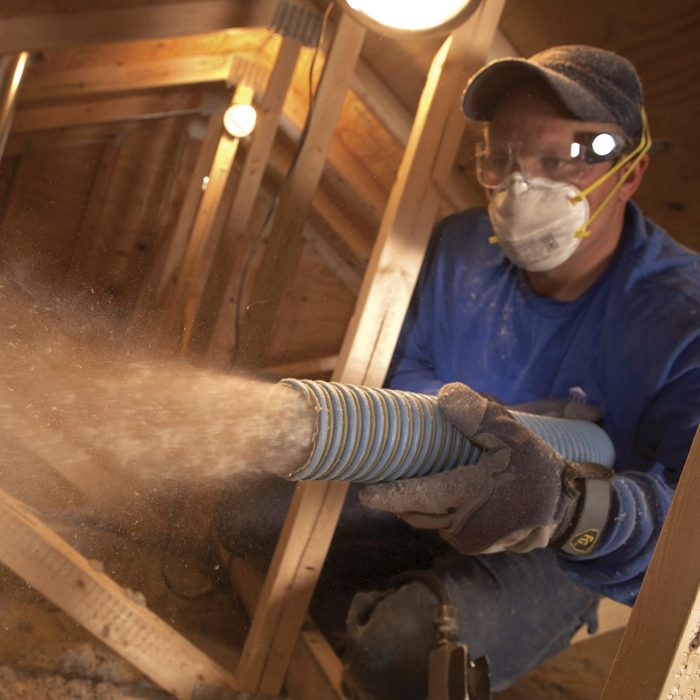
The Attic
Heat rises, and to keep it inside your hose, you need to make sure your attic space is properly insulated – and that means taking care of empty corners and shallow areas where blown attic insulation may not have settled correctly. Smaller cracks can also be treated with DIY foam insulation. Here’s our round-up of the best types of attic insulation.
Remember you need to have an appropriate amount of ventilation in your attic. Otherwise, condensation builds up and can cause many problems. Don’t close up any vents without first consulting an expert.
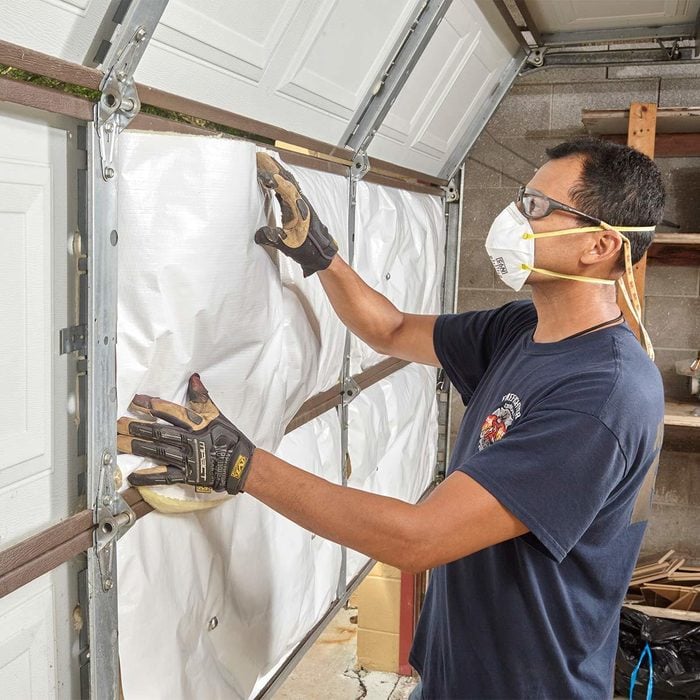
Garage Workshop
For a lot of people, the garage is rarely used for anything but basic storage and a place to park the cars. then you may not need to insulate it. But if your garage has a more active role in your life, then insulation is a good idea. Basic batt insulation and garage door insulation can go a long way here, and it’s a good excuse to clean up the garage while you’re at it.
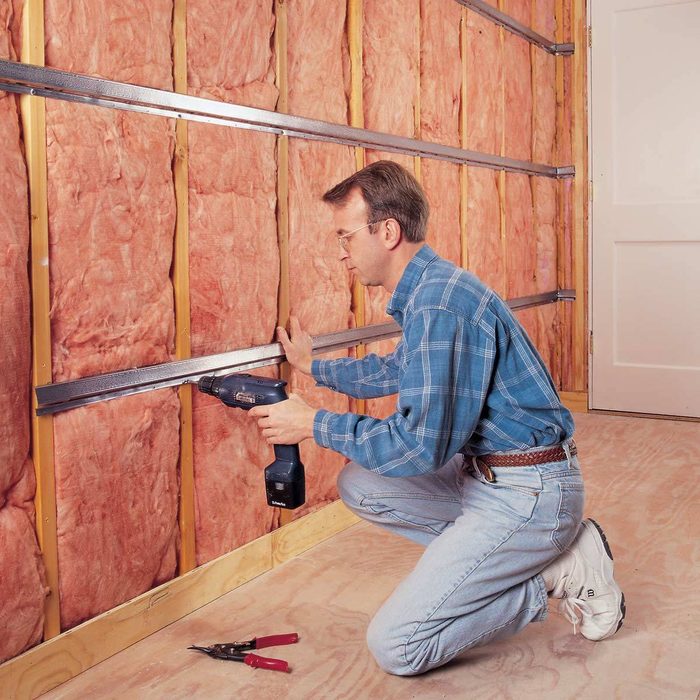
New Exterior Walls
Existing exterior walls should already be insulated thanks to building codes and best practices. However, new walls from recent renovations should also be insulated: Basically, any wall that faces the outside requires adequate insulation.
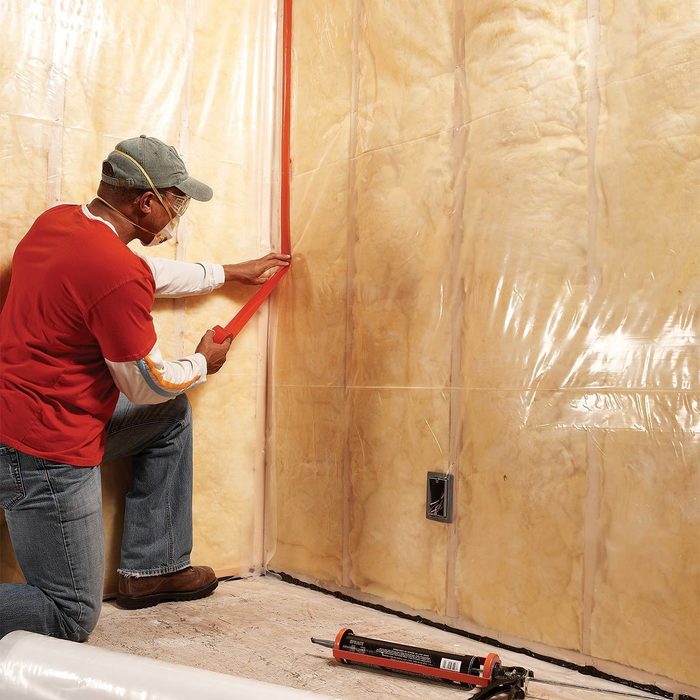
Renovated Basements
With proper floor insulation, you may not need to worry about insulating a rarely used basement area. But if you plan on controlling the temperature, you’re going to need the proper insulation for your basement. Keep in mind that this should also include the proper moisture barriers so you don’t run into trouble later on.
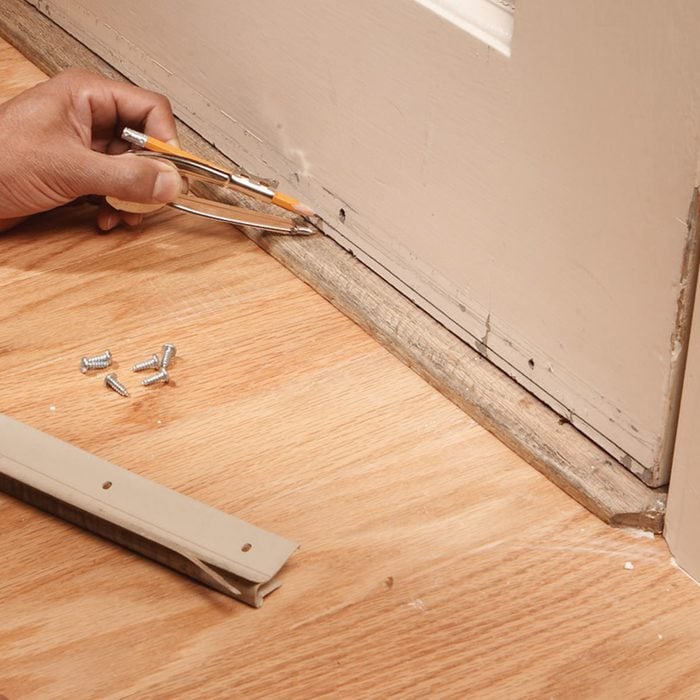
Weatherstripping Doors and Windows
Weatherstripping around doors and windows keeps cold air out and warm air in. Without weatherstripping, small spaces will leak air and cost you on monthly heating bills. Check the weatherstripping around your house: If it’s worn or missing, then it’s time for a replacement. You can take the further step of sealing your window for the winter to help keep the heat in your house.
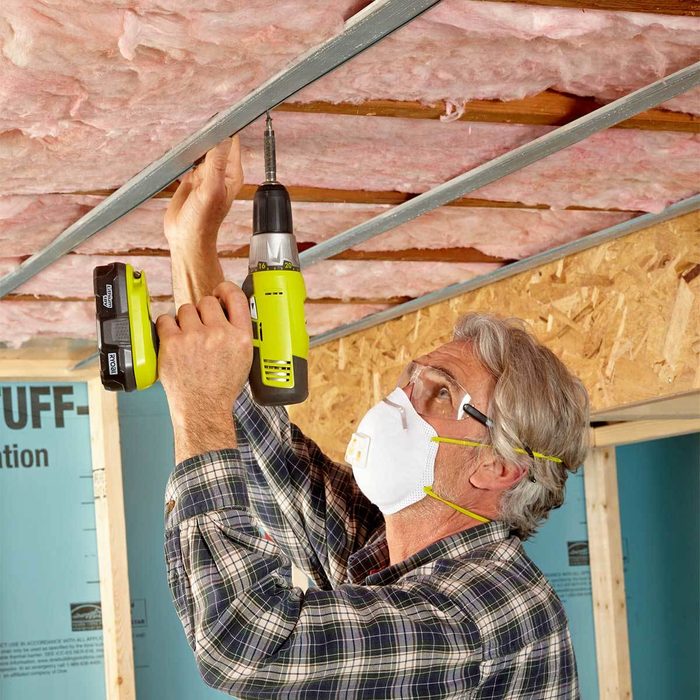
Ceilings Without Insulation
In houses with complex layouts or additions, insulation may be missing in some ceilings. It’s important to make sure the ceiling has adequate insulation as well.
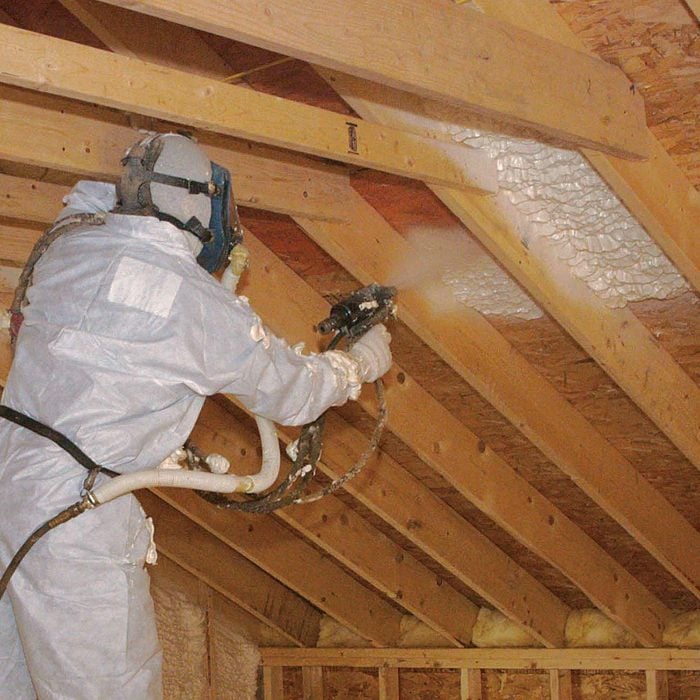
Upper Roof Trusses
Roof crawl spaces are usually insulated, but a frequent problem occurs when blown insulation settles only around the lower end of roof trusses. The cold winter air forces the top of the trusses to contract while the heated bottom ends expand. This can cause groaning noises from your roof and structural damage over time. If your roof experiences these problems, you may want to improve your insulation. If you aren’t sure what your roof insulation looks like, it’s probably worth a look.
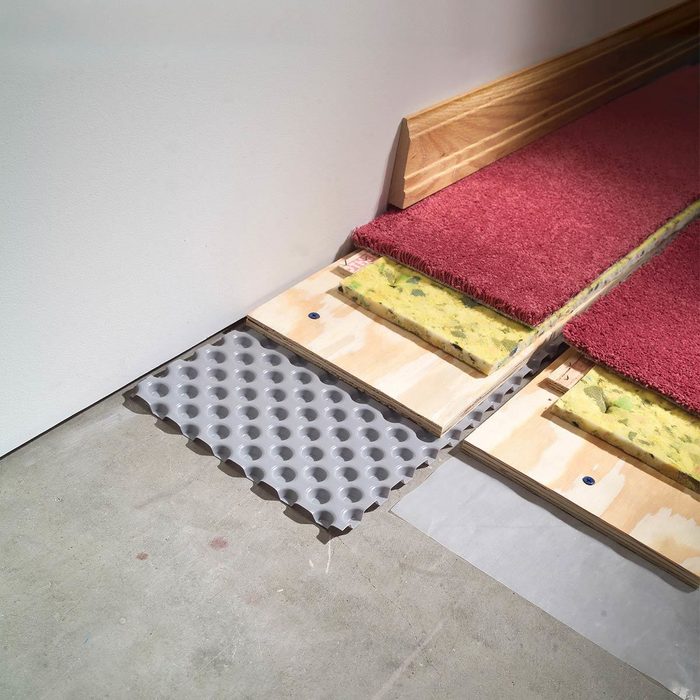
Cold Floors
If a floor is open to the outside air (this sometimes happens with upper level expansions) or to an uninsulated foundation, it too should be insulated.
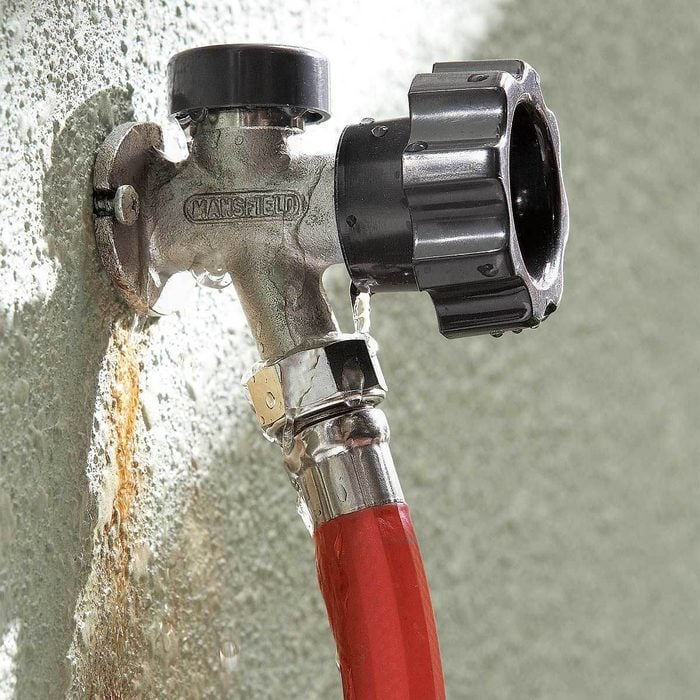
Outdoor Faucets
Like your unprotected pipes, you don’t want outdoor faucets to suffer from ice expansion. Fortunately, installing a frost-proof outdoor faucet is a pretty quick project.
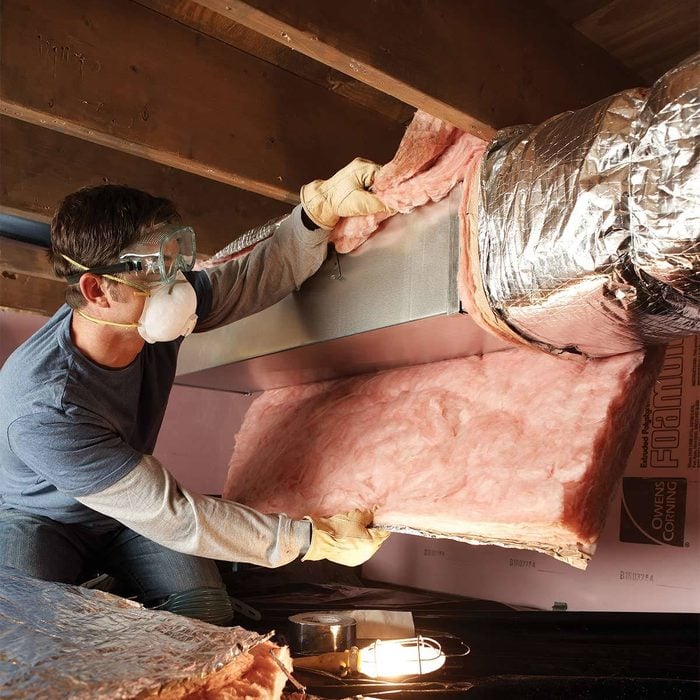
Vents and Ductwork
Vents, especially old ones, may open your house up to outside temperatures if they’re not properly protected. The good news is that there are plenty of DIY ways to insulate your ductwork.
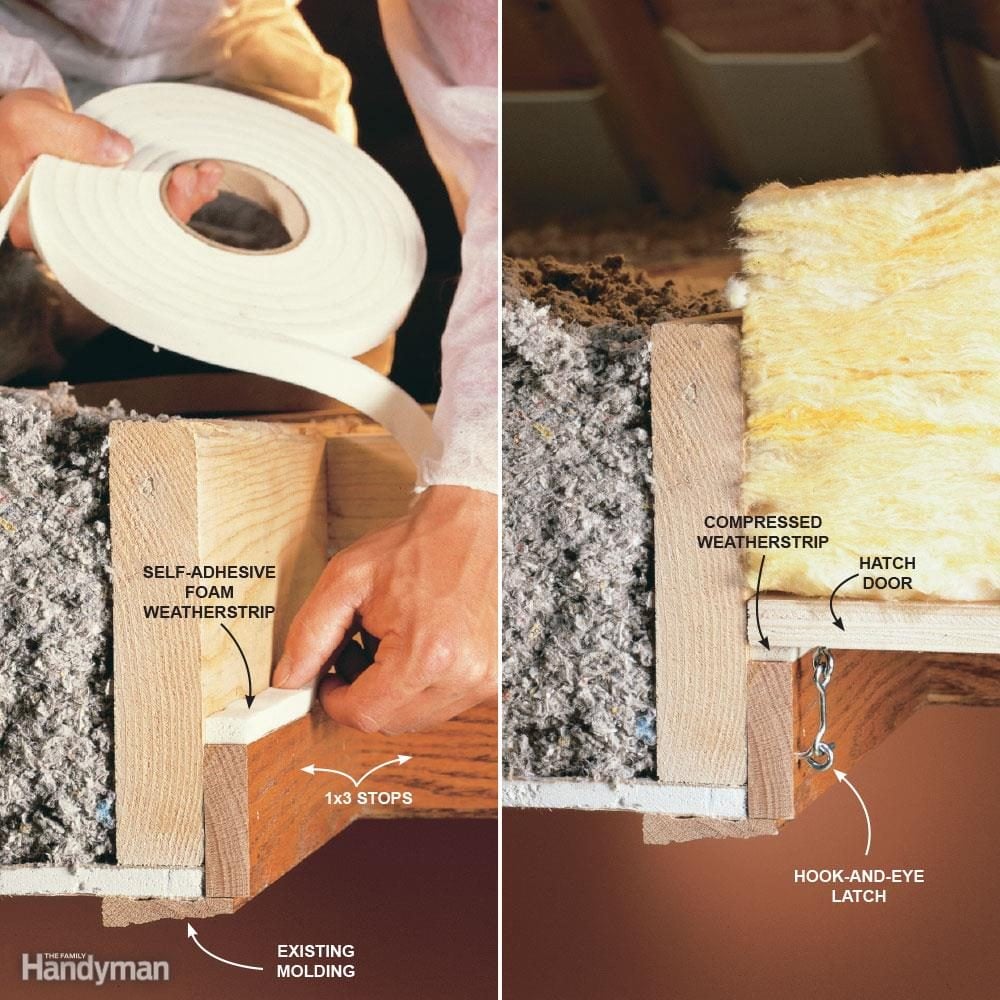
Weatherstrip Hatches and Doors
After sealing the attic bypasses, push the insulation back into place with an old broom handle or a stick as you back out of the attic. Then finish up by sealing the access hatch with self-sticking foam weatherstrip. You may have to add new wood stops to provide a better surface for the weatherstrip and enough room for hook-and-eye fasteners. Position the screw eyes so that you slightly compress the weatherstrip when you latch the hatch. Use a similar procedure if you have a hinged door that leads to the attic.
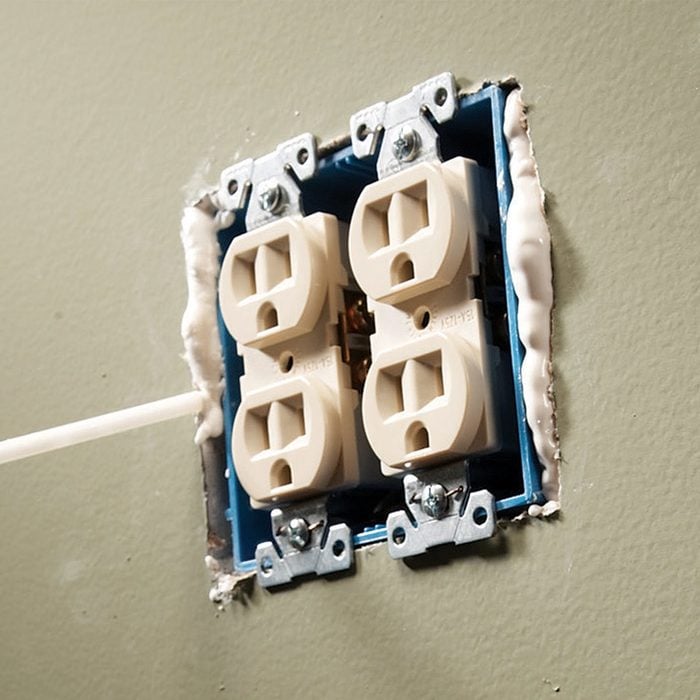
Air Leakage Points
Outlets, switches and light fixtures can allow air pass through. Over time, these small gaps and leaks can lose a lot of heat. Fortunately, it’s easy to insulate outlets with spray foam.
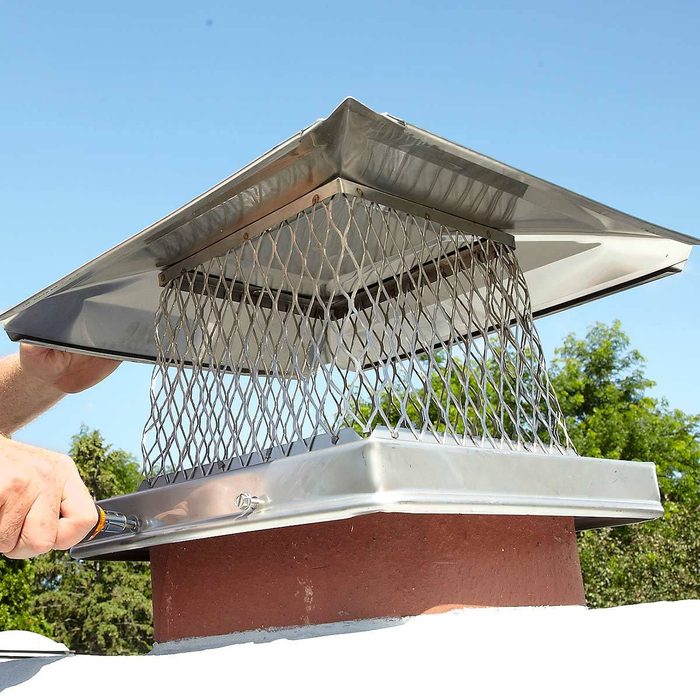
Chimneys
Chimneys, particularly older ones, may have leaks or direct, unfettered pathways to cold air. Flues should be equipped with chimney caps to prevent downdrafts, and also possibly balloons or plugs, when not in use. You can insulate chimneys with liners, but it’s usually best to have this work done by a pro.
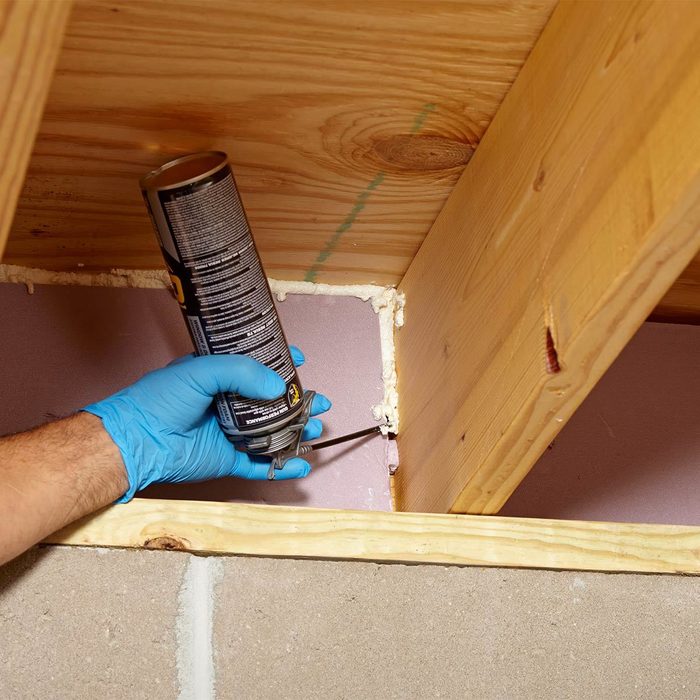
Crawlspaces
If you don’t have an attic or basement, you may be tempted to ignore the hidden portions of the home. However, there’s no guarantee your crawlspace is properly insulated without inspection. Brush up on insulation basics and make sure your upper and lower crawlspaces are protected. Installing a vapor barrier in your crawlspace will help prevent moisture from building up and causing problems.
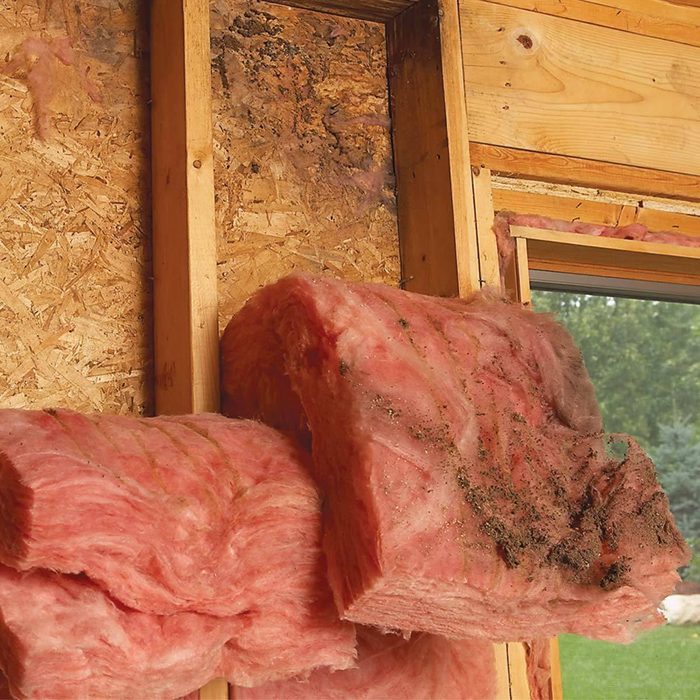
Repair or Replace Old and Damaged Insulation
Moisture, pests, mold and other problems can damage insulation, especially older insulation that has faced a lot of tough winters and may not be adequately protected. It’s worth an inspection to see if any of your insulation looks worse for wear. If so, replace it.
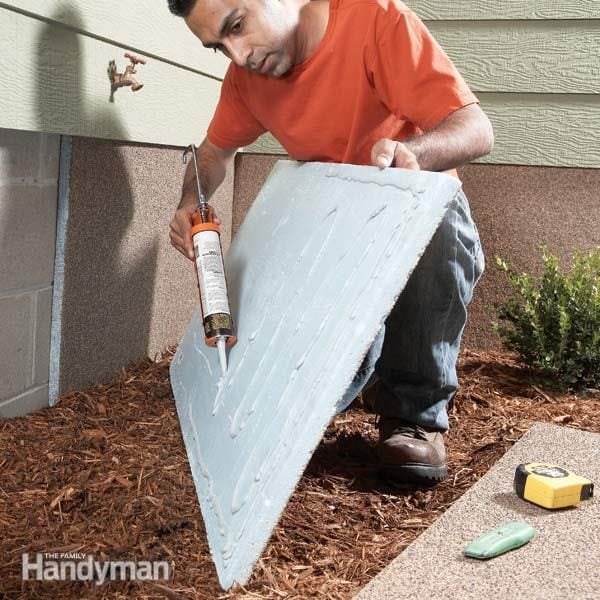
Exterior Foundation Walls
Insulate and dress up bare foundation walls by adding insulation panels made of coated rigid insulation. Use termite resistant insulation for termite infested regions.

Seal Exterior Holes
Plugging holes on the exterior of your house with foam sealant is a great way to stop air infiltration, but it may not keep out pests. Mice can and will chew right through the regular expanding foam, but there are formulas that stop insects and rodents. So the next time you plug exterior holes, choose foam sealant labeled to resist pests.

Seal the Rim Joists
Uninsulated rim joists are huge energy losers. Now’s the time to insulate and seal your rim joists. One option is to seal the rim joists with rigid insulation cut to fit. We recommend a minimum of 2-in.-thick extruded polystyrene, but check your local codes to see what’s required. If you have a table saw, use it to cut strips equal to the depth of your joists. Then use a fine-tooth handsaw, utility knife or miter saw to cut the strips to length. Fill small gaps with caulk, and larger ones with expanding spray foam from a can.
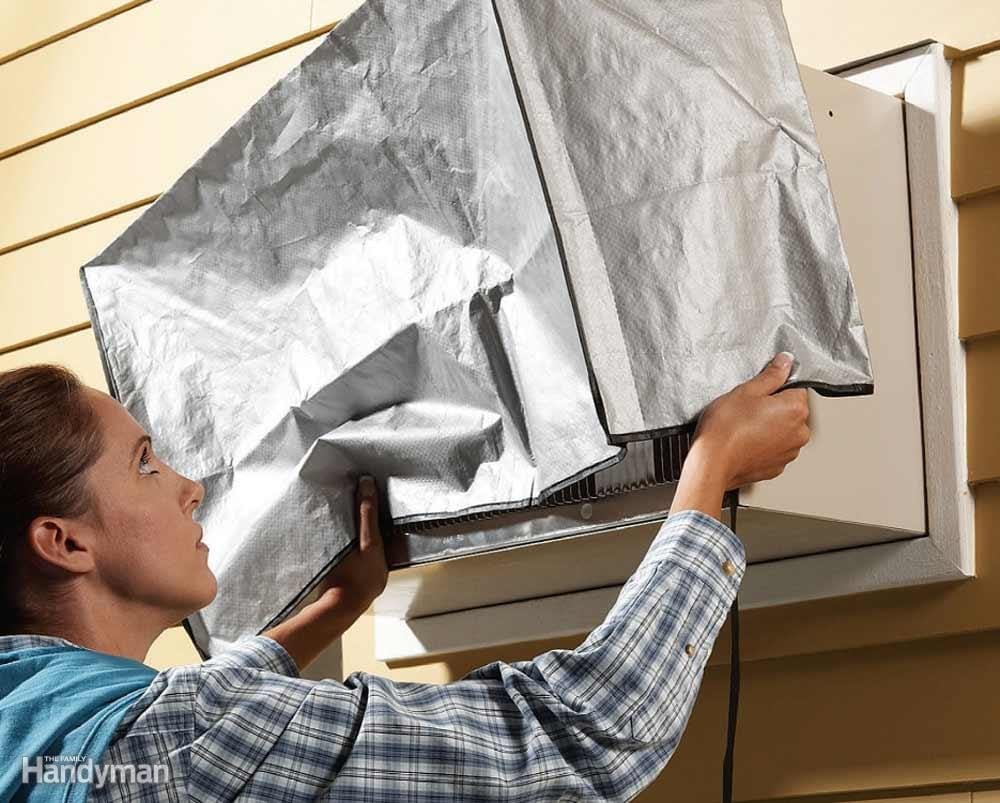
Caulk and Cover Room Air Conditioners
A room air conditioner keeps a section of the house cool. The problem is, it’ll keep the room cool all winter long if it isn’t covered properly. If you have a window air conditioner, the best solution is to remove it so the cold air won’t flow through and around it. If you decide to leave it in or you have a permanently installed wall unit, grab some removable caulk and a window air conditioner cover to keep out the cold.
Place the cover over the outside of the air conditioner, fitting the sewn-in corner straps over the bottom corners. Wrap the middle straps under and up the sides of the unit, then hook them over the top. Inside the house, apply removable caulk around the air conditioner where it meets the wall or window. If the air conditioner is a built-in unit, permanently seal it with latex caulk.